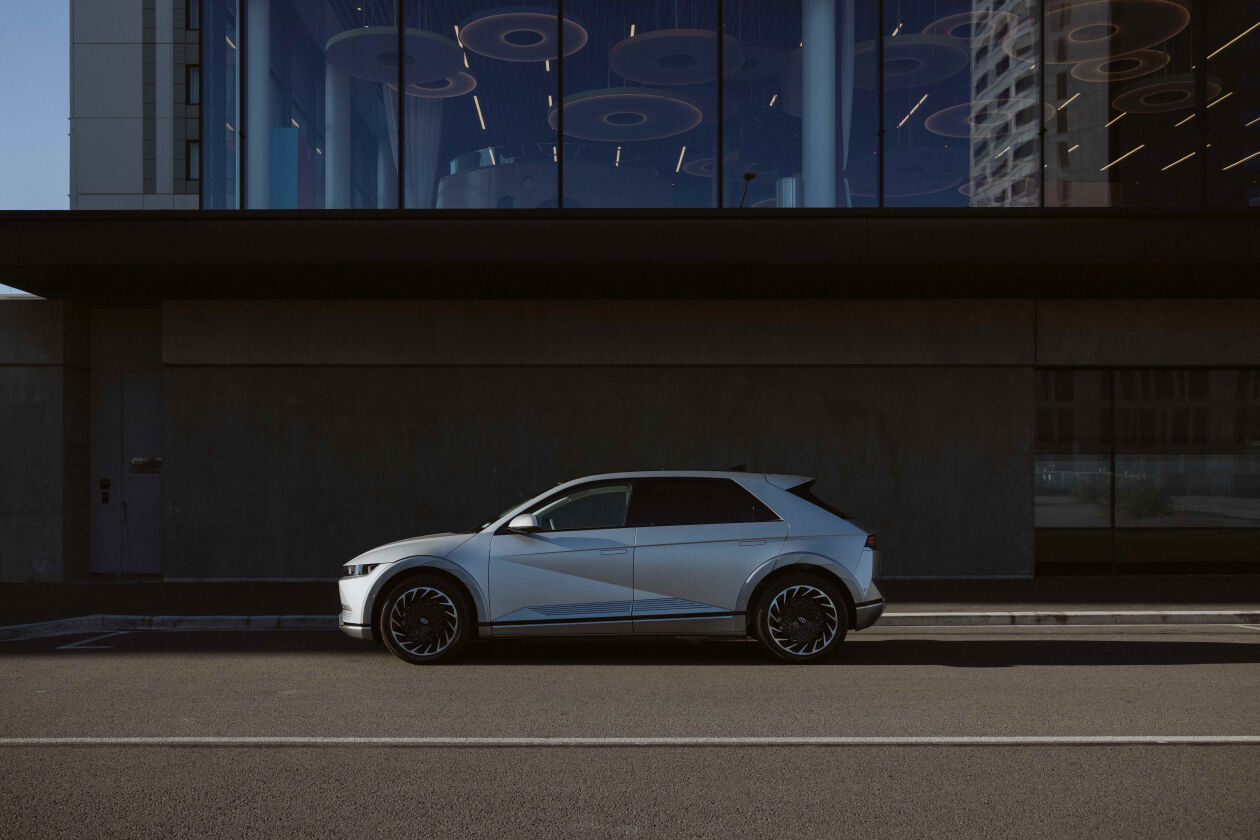Wellbeing & Living
The EV Explainer
The decision to ‘go electric’ can be influenced by a variety of factors ranging from environmental concerns to economic considerations and practicality.

As electric vehicles continue to evolve and charging infrastructure expands, the appeal of electric car ownership is certainly growing. Would an EV be right for you? Our electric vehicle cheat sheet might help with the decision-making process.
Electric vehicles (EVs) are quickly becoming commonplace in vehicle showrooms. As with any new technological advent though, wider proliferation doesn’t always lead to widespread understanding. With curiosity growing, we lay out some of the broader questions people typically ask about electric vehicles, batteries, and the ownership experience as they determine if this new form of power is right for them.
What’s the difference between Hybrid, Plug-In Hybrid and BEV?
Hybrid vehicles use the combination of electric and traditional petrol or diesel motors to drive the wheels. A traditional hybrid is not classified as an electric vehicle though, as you don’t plug it in to charge the battery.
The more recent evolution is Plug-In Hybrid Electric Vehicle (PHEV) tech. PHEVs can drive exclusively on electric energy or use the internal combustion engine seamlessly and you can plug the vehicle into the energy grid to charge the battery. The combination of electric energy and internal combustion alleviates range anxiety, but they do still emit tailpipe emissions.
A full electric, or Battery Electric Vehicle (BEV), only uses electricity to motivate it. You plug it in, either at home or at a public charging facility, and it allows you to travel about emitting absolutely zero carbon emissions.
How far can I go before I need to charge?
Like every vehicle, this varies from model to model and will be influenced by your specific driving conditions and style. There are plenty of new EV models that deliver quoted real-world ranges from 320km to over 400km before they require the battery to be recharged.
Do the batteries degrade?
All batteries experience degradation over time, and EV batteries are no different. But the rate of degradation is most likely much less than many people expect. Advances in battery technology mean many manufacturers can offer a 7–10 year warranty on their EV battery, so you can buy with confidence knowing you’ll have many good years’ service.
What is meant by ‘real world’ and ‘WLTP’ test figures?
While the range and efficiency of EV batteries is only getting better and better, you might sometimes see a difference in how far the manufacturer suggests your EV will go, versus anecdotal evidence from existing owners or media reviews.
Every manufacturer is legally obliged to put their new electric model through a series of laboratory tests. This is the Worldwide Harmonised Light Vehicle Test Procedure – or WLTP for short. The key thing to note is that this is a laboratory test, not a ‘real-world’ scenario. So, why have it? The test procedure is exactly the same for every car, regardless of what type of vehicle it is, or the badge on the bonnet. This means the WLTP figure you see listed can be used to make accurate and fair comparisons from manufacturer to manufacturer. The figure is transparent and a sound bit of information for you, the buyer, to have.
In terms of range, an EV will respond to driving style and other environmental factors exactly like a petrol-powered car would. If you accelerate aggressively in a petrol car, you use more fuel. And so it goes with an EV – drive hard and your range will deplete faster. There are also all sorts of other factors that will influence your EV’s range, such as weather, temperature, whether you’re driving with a fully laden boot, or if you’re driving in an urban setting or out on the open road.
But generally speaking – and presuming you’re driving to the conditions – you can anticipate your real-world range to be roughly 75-to-80% of the WLTP test figure.
Do EVs cost a lot to service?
This is one of the bigger benefits of an EV. The drivetrain components require much less maintenance, the electric motor has very few moving parts and because regenerative braking reduces friction on your brakes, these tend to last longer also.
5 of the best
JEEP AVENGER
Jeep’s first fully electric option, the Avenger is compact in stature, but big on features. There’s plenty of room inside and its ‘baby SUV’ proportions make it a comfy cruiser with all the comfort and convenience technology on board you’d expect. From $69,990 plus on-road costs.
MG4
A multi-award winner from a company whose fortunes have radically changed since being taken over by Chinese firm SAIC Motor. The MG4 combines all the best traits of a well-priced hatchback with the convenience of electric-only power. From $46,990 plus on-road costs.
TESLA MODEL 3
Ubiquitous on New Zealand streets, the Tesla Model 3 is a genuine sales success from a company which changed the game for carmakers worldwide. It combines clever technology, space, and pace. From $63,900 plus on-road costs.
JAGUAR I-PACE
The I-PACE is heritage brand Jaguar’s sole electric model, but it remains a worthy inclusion here. Featuring all the executive panache you’d expect from the brand, it’s also a genuinely engaging drive on the open road. From $129,000 plus on-road costs.
HYUNDAI IONIQ 5
Hyundai’s rise and rise has been meteoric in the last decade, and the Korean car giant’s IONIQ series of electric vehicles have won plaudits for their striking design and premium feel inside and out. From $79,990 plus on-road costs.

